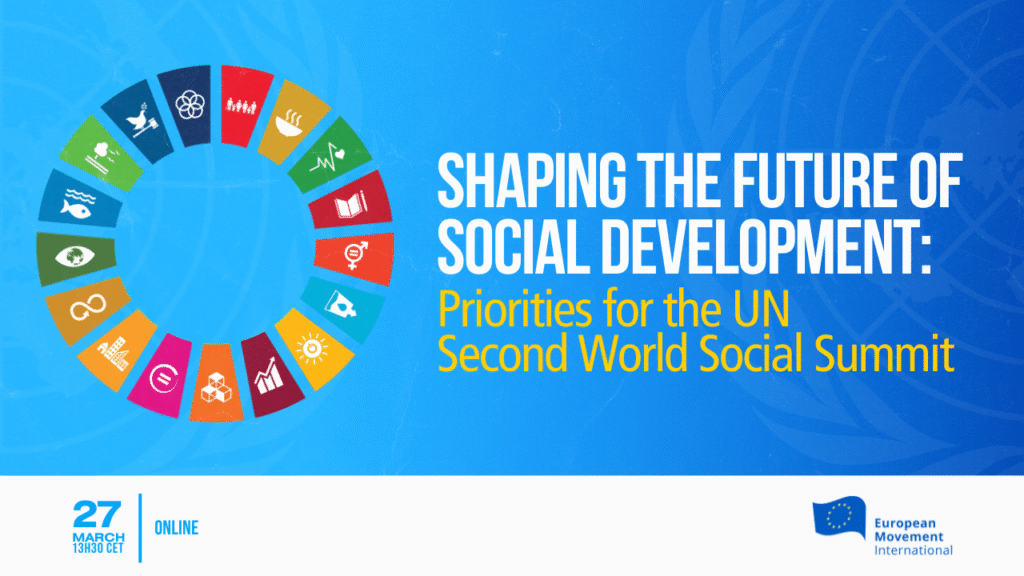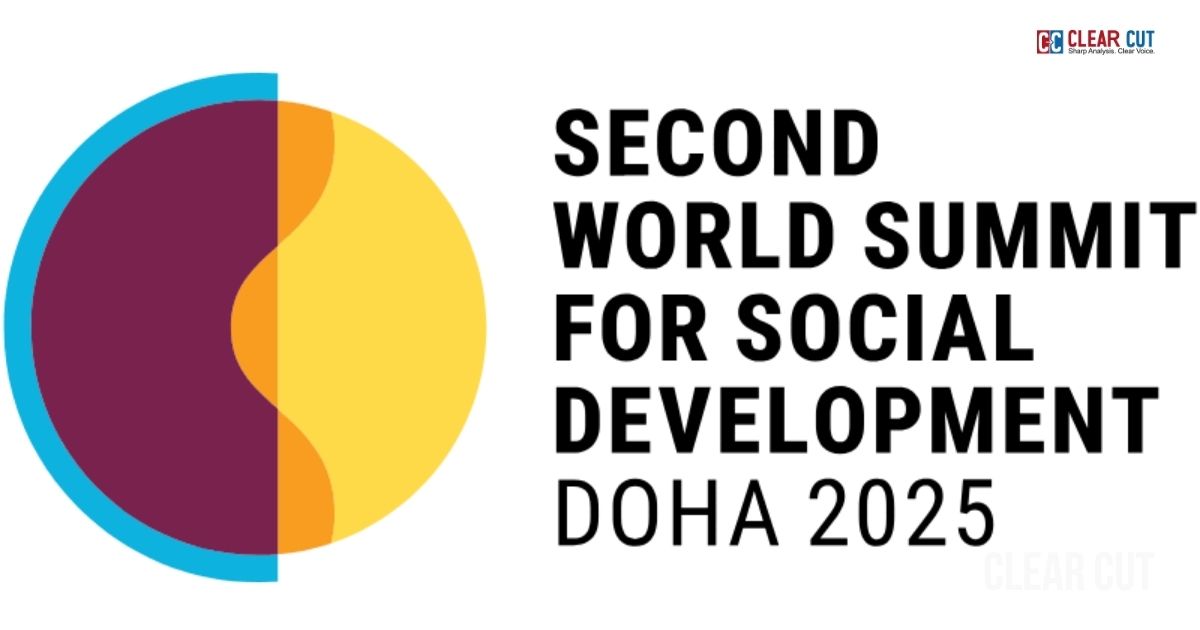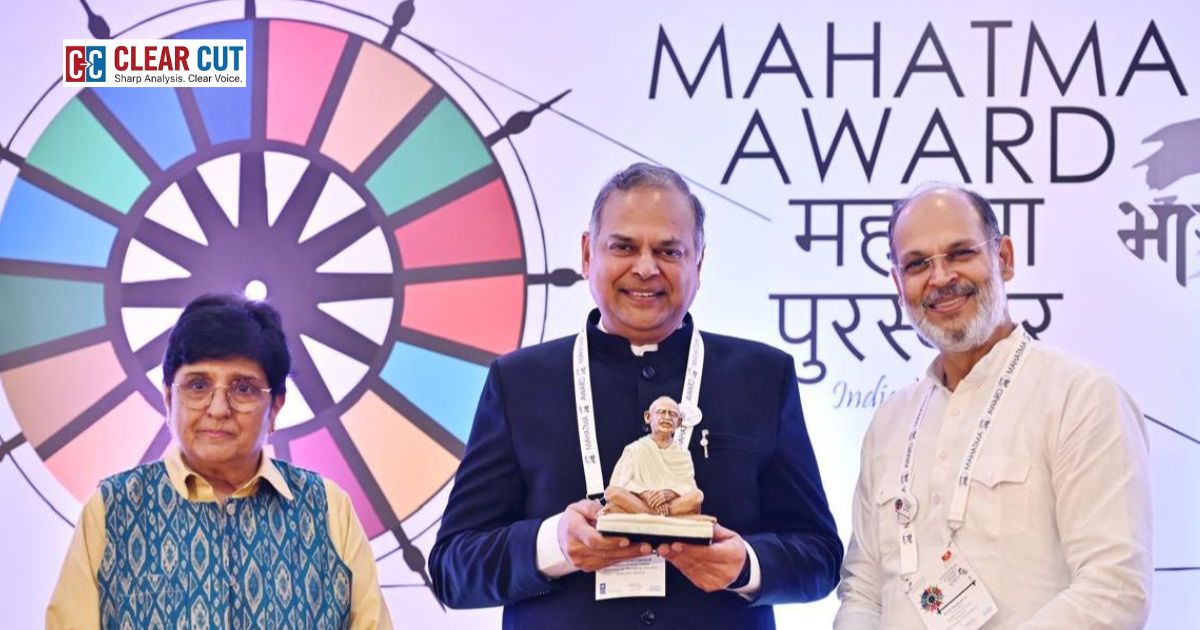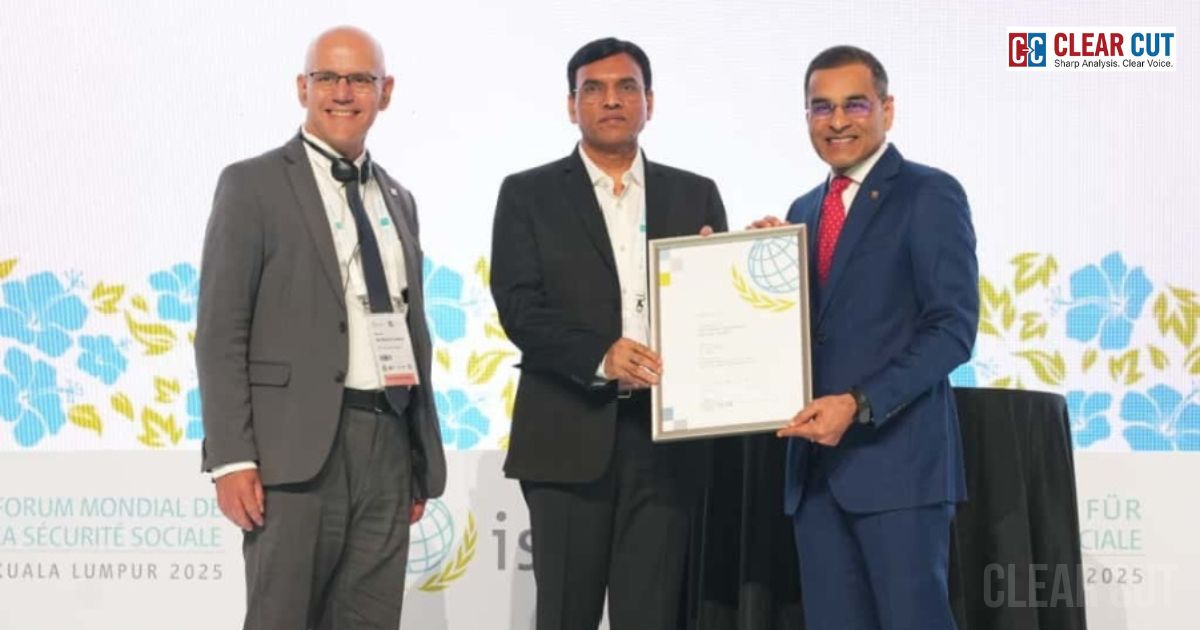Photo Credit: Internet
Clear Cut Event Desk
New Delhi, UPDATED: Oct 23, 2025 11:17 IST
Written By: Janmojaya Barik
As the world converges on Doha between 4 and 6 November 2025 for the Second World Summit for Social Development (WSSD2), the atmosphere will be one of guarded hope. Three decades have passed since leaders first congregated in Copenhagen in 1995 and promised to make social justice, employment, and inclusion the pillars of development. The world has transformed beyond recognition since then, but the promises have not been kept up to date. Doha, then, is more than any other UN meeting; it is a test of the international community’s good faith towards the social contract it previously declared so ardently.
A Summit Born of Broken Promises
The Copenhagen Summit was a turning point for the post–Cold War era. It was meant to be the moment when economic growth was to give way to a more comprehensive vision of human development. Thirty years on, however, the same phrases—poverty reduction, decent work, inclusion—are being used again. The fact that they are still outstanding issues indicates the gap between international discourse and national action.
Doha’s agenda, which the UN’s Department of Economic and Social Affairs has outlined, aims to speed up the work of the Copenhagen Declaration and the 2030 Agenda. That in itself is an acknowledgment of how much has not been done. The World Bank estimates that progress on reducing poverty worldwide has stalled for the first time in decades. As many as 700 million remain in extreme poverty. The International Labour Organization puts the figure at close to two billion workers in informal employment, without security or benefits.
The political declaration of the Doha summit vows to “leave no one behind.” The question is whether the world’s wealthiest countries whose commitments of aid have been trending downward are prepared to back this lofty phrase with hard cash.
The Doha Moment: A Reality Check
Having the summit in Qatar is symbolic in itself. A country of vast riches in the midst of nations still grappling with poverty, conflict, and displacement. The venue highlights the world divide between prosperity and poverty. But symbolism is not enough to salvage credibility.
The high-level roundtables being organized in Doha will concentrate on three pillars: ending poverty, decent work and social inclusion. They are the same three pillars that supported Copenhagen. But new faces adorn the challenges in 2025—automation, climate migration, and digital inequality. A robot replacing a worker in Bengaluru is part of the same narrative as a Kenyan subsistence farmer pushed off by drought.
This convergence of crises makes the timing of the summit significant. If Doha can establish quantifiable global goals—say by tying social indicators to financing for climate protection or trade agreements—it might become more than a talk-fest. But if it concludes with vague commitments and photo opportunities, it will be another costly exercise in moral gestures.
India’s Stakes in the Conversation
For India, Doha is opportunity and responsibility alike. It is the fifth-largest economy in the world and still home to over 230 million individuals living in multidimensional poverty. The focus of the government on Digital Public Infrastructure and social protection reform, including the scaling up of direct benefit transfers and the Mahatma Gandhi National Rural Employment Guarantee Act, presents lessons in scale and inclusion.
India’s experience of harnessing technology for well-being delivery—specifically by means of Aadhaar, Jan Dhan and UPI—has captured the imagination of the world. At a conference on social inclusion, India can confidently assert that technology is a development multiplier when harnessed sensibly. It is no chance that even the United Nations has recognized digital public infrastructure as a catalytic instrument for the Sustainable Development Goals.
But India also has uncomfortable truths to face. Youth unemployment continues to be high, rural distress continues to deepen, and inequality is growing. A recent Oxfam report revealed that India’s top one percent hold more than 40 percent of the country’s wealth. These statistics undermine India’s moral case when arguing for global equality.

Photo Credit: European Movement
Can the World Rebuild Trust?
The core problem that Doha has to address is trust ,trust among nations, between governments and people, and between words and action. The past years have seen profound disillusionment with world institutions. The pandemic revealed the vulnerability of health systems; climate crises have displaced millions; wars have taken resources away from social expenditure and turned them into military outlays.
If the world is to restore that trust, Doha will have to yield a tangible roadmap: binding obligations on social protection floors, stepped-up financing for inclusive job creation, and an understanding that economic growth without equity rings hollow.
The 1995 summit was about hope. The 2025 summit must be about accountability.
The Final Test
The world does not require another statement. It requires guidance. Doha will be successful, not by the quality of oration, but by the determination of commitments. At a time when inequality characterizes our politics, and desperation contours our societies, the test of success will not be GDP growth, but dignity regained.
When the lights come up this November in the Qatar National Convention Centre, the delegates will remember the promises of thirty years ago. Whether to reaffirm them with sincerity or to utter them for reassurance will determine if Doha is a turning point or a footnote to the three-decade history of failed opportunities.




